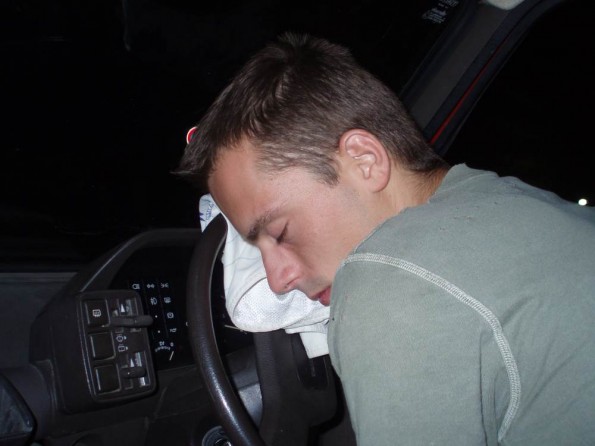None of us want to be ‘that person’ who is seen as a bad driver. To make sure you can take the moral high ground, check out these nine tips and you’ll be driving more efficiently and smoothly in no time.
Speed control
Speed control is hard to master, but is much better for your fuel economy and much nicer for your passengers and other drivers. It’s harder to do nowadays because cars are so quiet, so it’s difficult to hear the engine tone. Don’t be the person that overtakes and then slows down to slower than before, causing frustration to the person you just overtook. Or the person that speeds up then slows down constantly (this causes heavy fuel consumption). Or the person that slows down a lot on hills (you are allowed to push your accelerator to the floor to maintain your speed).
Fatigue
When you’re tired, your reactions are slower. Eventually, parts of your brain shut down and you have a microsleep while you are driving! The next stage is falling asleep properly and then you’re at risk of having a head-on collision. In any case, when the driver falls asleep, they don’t usually brake before they hit something, so that means a full speed crash.

If you feel really tired, stop in a safe place and have a 20-minute nap
Keep your road rules knowledge up-to-date
Make a habit of coming back every 3 months and taking a random road rules test. We can’t be expected to remember every little detail about the road rules, but you’ll surprise yourself at how much easier it is to read the road ahead when you know what the signs and road markings mean. You’ll also benefit from avoiding fines because you’ll know what not to do.
Adjust your mirrors properly
You can find out how to adjust your mirrors here. When they’re pointing in the right direction you’ll have a much better view of the traffic around you and won’t make bad lane changing decisions.
Deal with your distractions
Our lives are full of distractions and they follow us into the car, too. It’s best to put your phone in the glovebox, get the radio and satnav set before you leave, and get yourself into the mode of driving as soon as you get in the car. That way, you’ll minimise the distractions that cause accident risks.
Match your speed to the traffic around you, or get out of the way
If you have to (or want to) drive slower than vehicles around you, stay on the left and let people overtake – make it as easy as possible for them to overtake. Matching your speed also comes into play when you are entering a motorway because you don’t want to interrupt the speed of the other vehicles already on the motorway. This means getting up-to-speed while you’re on the on-ramp, and not trying to get on the motorway at 60km/h when everyone else is doing 100.
Weaving causes traffic jams
Weaving in and out of lanes doesn’t usually gain you very much, especially when all lanes are moving at roughly the same speed. What it does do is cause traffic behind you to slow down. This is because when you change lanes the person behind you has to lift off the gas or brake a little to increase the gap between their front bumper and your rear bumper. The person behind them does it, too. And the person behind them. Some way further back this can actually cause traffic to stop! This traffic jam flows backwards down the line causing a jamiton.
If everyone stayed in their lanes and didn’t weave, traffic on motorways would flow much more smoothly and rush hour wouldn’t start as early.
Leave enough gap
We are recommended to leave 3 seconds between you and the vehicle in front in good weather. Even if 3 seconds seems like too much, 2 seconds would be an absolute minimum (many countries use the mnemonic, “only a fool breaks the two-second rule”). The more gap you leave, the smoother you’ll drive because you can see further ahead and anticipate what’s going to happen. Which takes us to our last point:
Look at least 10 seconds ahead
When you look 10 seconds ahead (and preferably 12 seconds) you get an enormous amount of time to react to developing hazards. If you see traffic slowing in the distance you can back off the throttle early and save your brakes, for example. You’ll also cut your risk of having a nose-to-tail accident because you won’t be caught out at the last minute.
